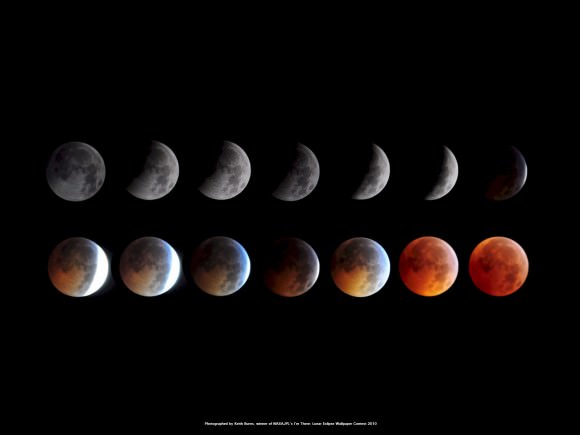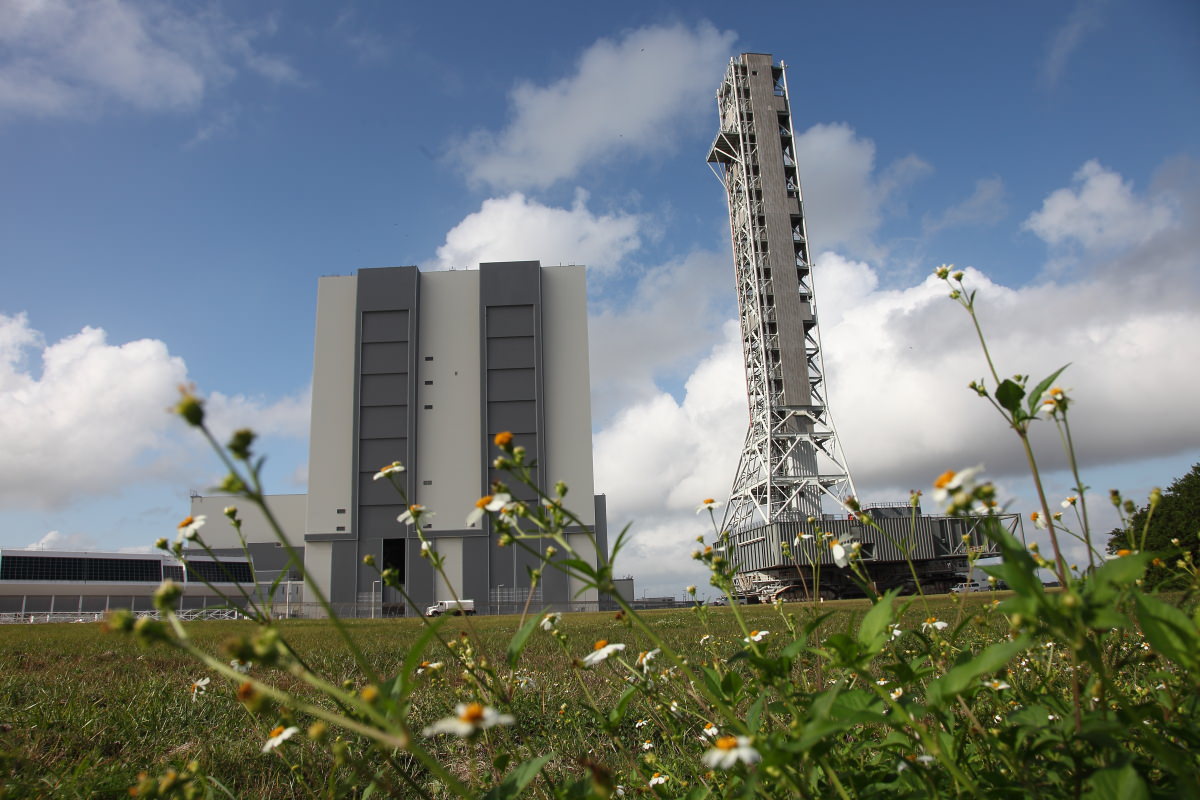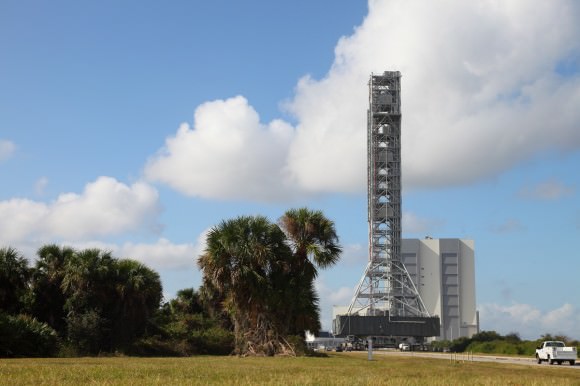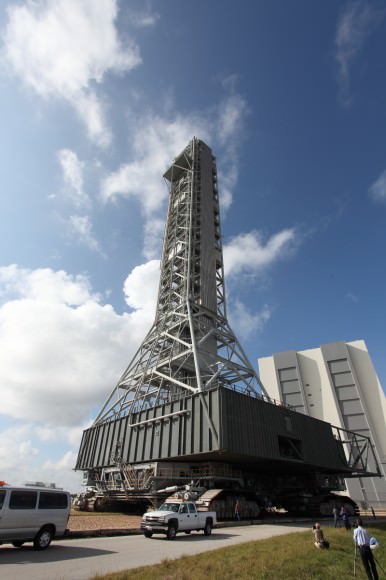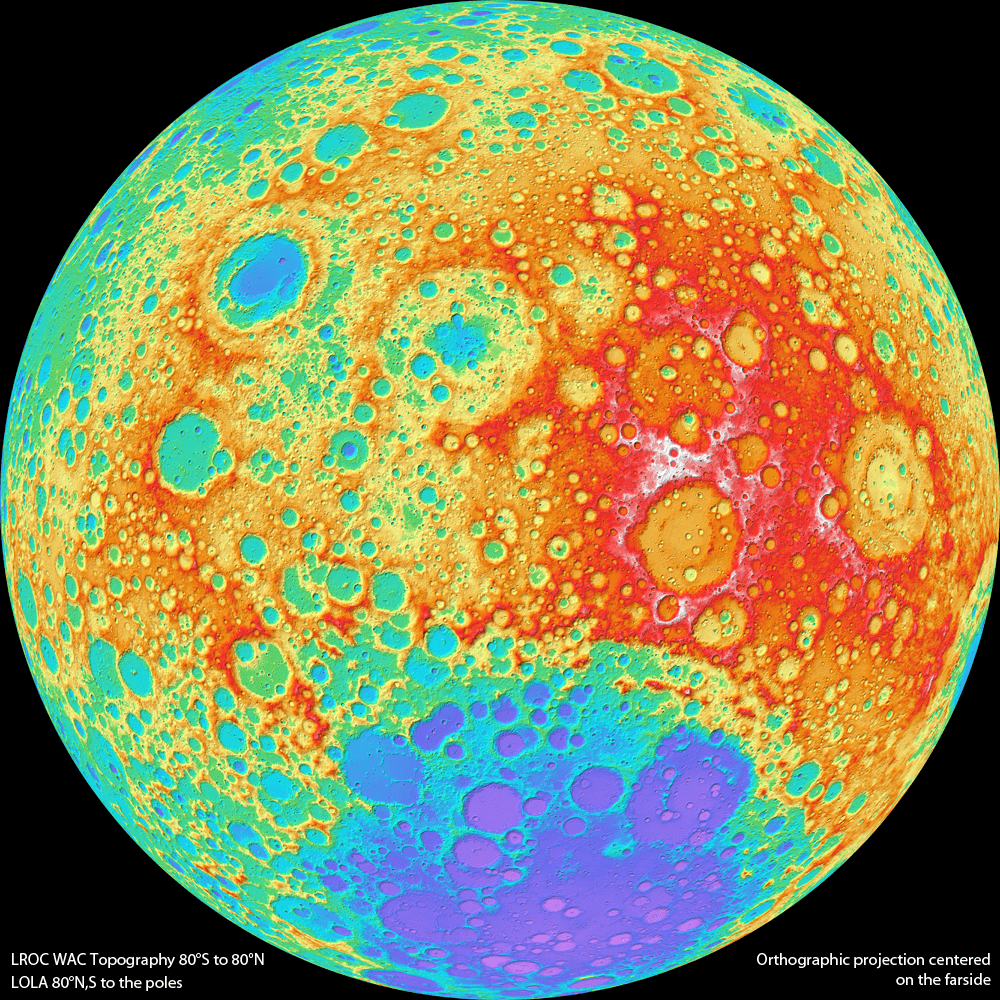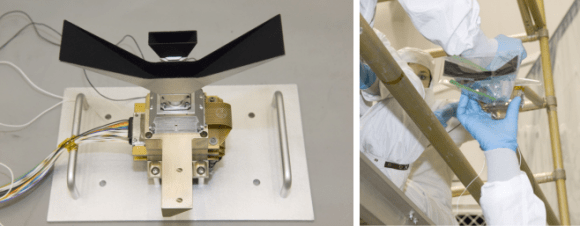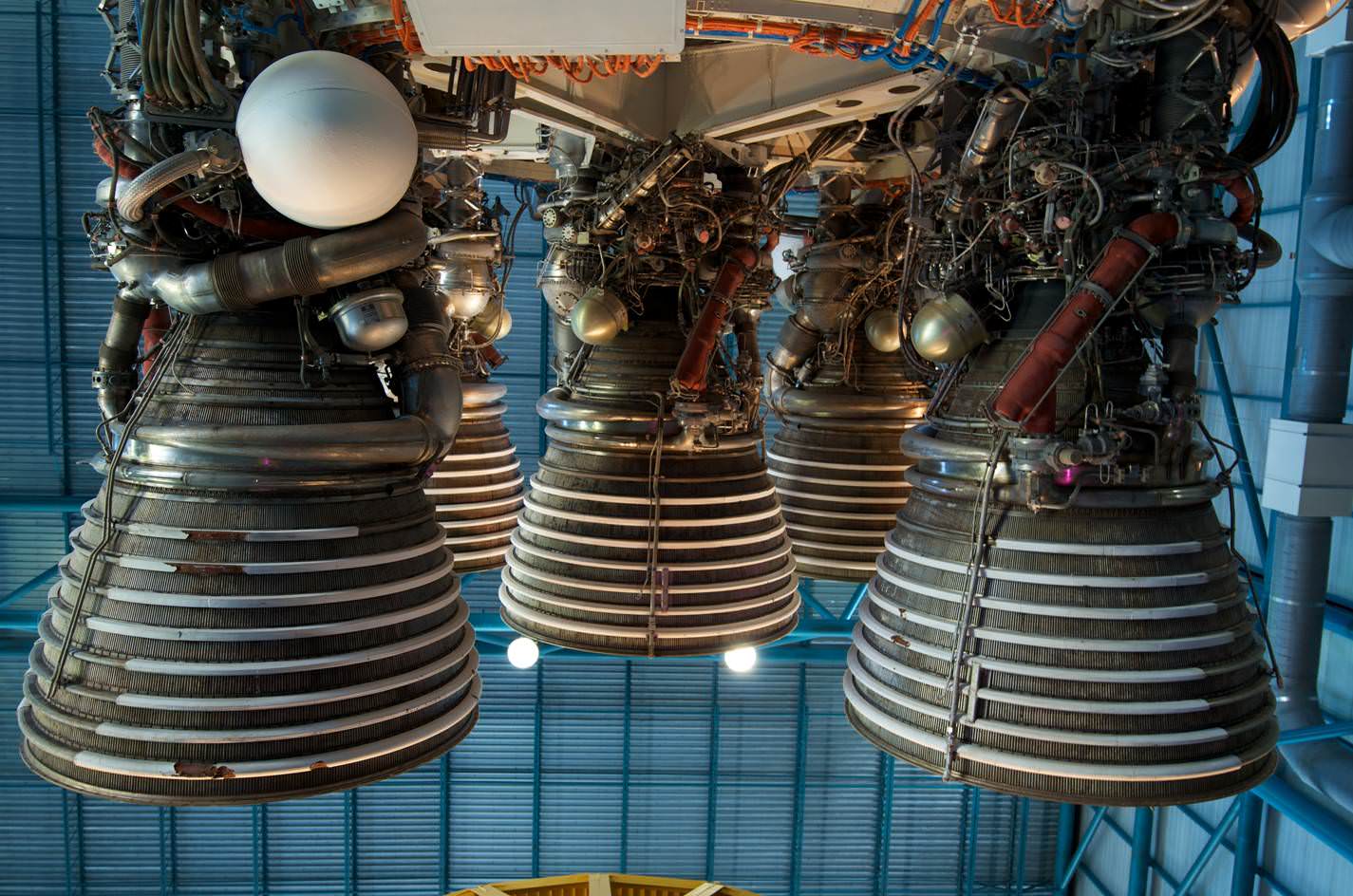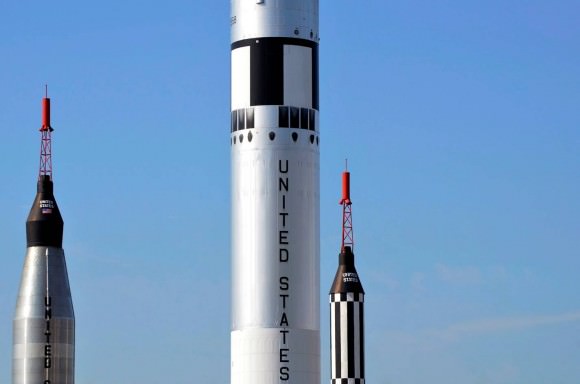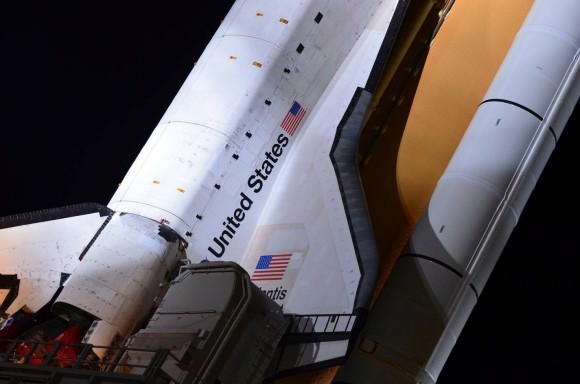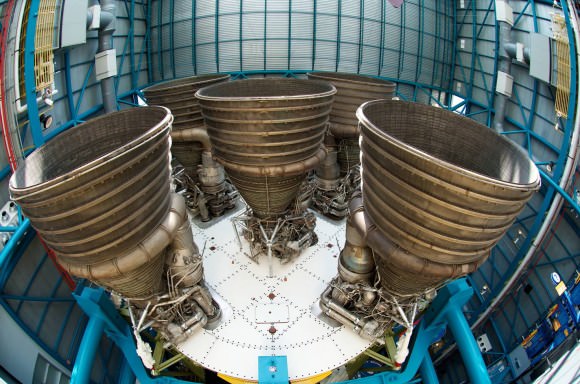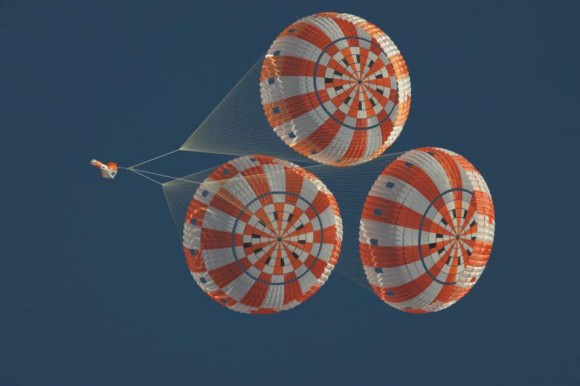[/caption]
On December 13, 1972, Apollo 17 Commander Eugene A. Cernan and Lunar Module Pilot (LMP) Harrison H. “Jack” Schmitt made the final lunar EVA or moonwalk of the final Apollo mission. Theirs was the longest stay on the Moon at just over three days and included over twenty-two hours spent exploring the lunar surface during which they collected over 250 pounds of lunar samples.
To commemorate the thirty-ninth anniversary of this last EVA, NASA posted a picture of Schmitt on the lunar surface as its ‘Image of the Day.’
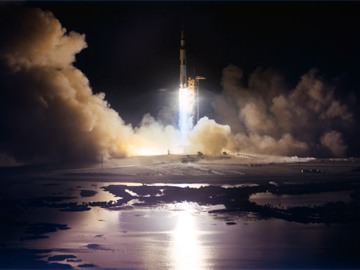
Apollo 17 launched on a Saturn V rocket on December 7, 1972. Four days later on December 11, Cernan and Schmitt moved into the Lunar Module Challenger and descended to a touchdown in the Taurus-Littrow valley. Command Module Pilot Ron Evans, meanwhile, stayed in orbit aboard the Command Module America.
The Taurus-Littrow valley was chosen as the best landing spot to take advantage of Apollo 17’s capabilities. It was a “J mission,” one designed for extended EVAs that would take the astronauts further from the LM than any previous missions using the Lunar Rover. It was also a geologically interesting area. Here, the astronauts would be able to reach and collect samples from the old lunar highlands as well as relatively young volcanic regions. For this latter goal, Apollo 17’s greatest tool was its LMP, Schmitt.
When NASA began looking for its first group of astronauts in 1959, candidates had to be affiliated with the military, trained engineers, and have logged at least 1,500 hours of flying time in jets. The same basic criteria were applied to the second and third group of astronauts selected in 1962 and 1963 respectively.
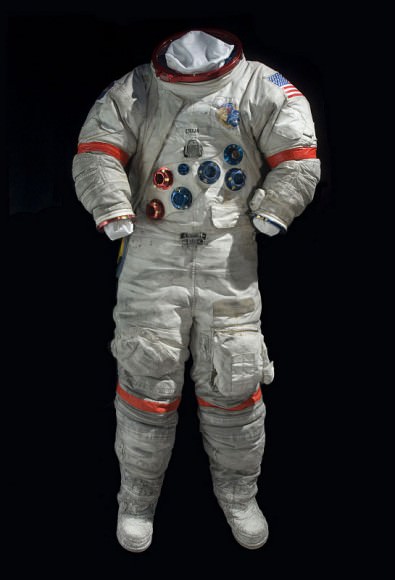
The fourth group brought a change. In June 1965, six trained scientists joined NASA’s astronaut corps. For this group, PhDs were a necessity and the previous flight hours requirement was dropped. Three of the men selected were physicists, two were physicians, and one, Schmitt, was a trained geologist.
Schmitt had explored the geological possibilities of a a lunar mission as a civilian. Before he joined NASA, he worked with the U.S. Geological Survey’s Astrogeology Center in Flagstaff, Arizona. There he devised training programs designed to teach astronauts enough about geology as well as photographic and telescopic mapping to make their journeys to the Moon as fruitful as possible. He was among the astrogeologists that instructed NASA’s astronauts during their geological field trips.
After joining the astronaut corps, Schmitt spent 53 weeks catching up to his colleagues in flight proficiency. He also spent hundreds of hours learning to fly both the Lunar Module and the Command Module. All the while, he remained an integral part of the astronauts’ lunar geology training, often assisting crews in finding and collecting the right kinds of rocks from a control station in Houston during a lunar mission.
Schmitt’s lunar companion, Gene Cernan, was an Apollo veteran. As the LMP on Apollo 10, he had flown within eight miles of the lunar surface but didn’t have enough fuel — or NASA’s blessing — to actually land. As commander of Apollo 17, he spent more time on the Moon than any other man. As commander, he entered the LM after Schmitt at the end of their final moonwalk. His bootprints remain the most recent human-made mark on the lunar surface.

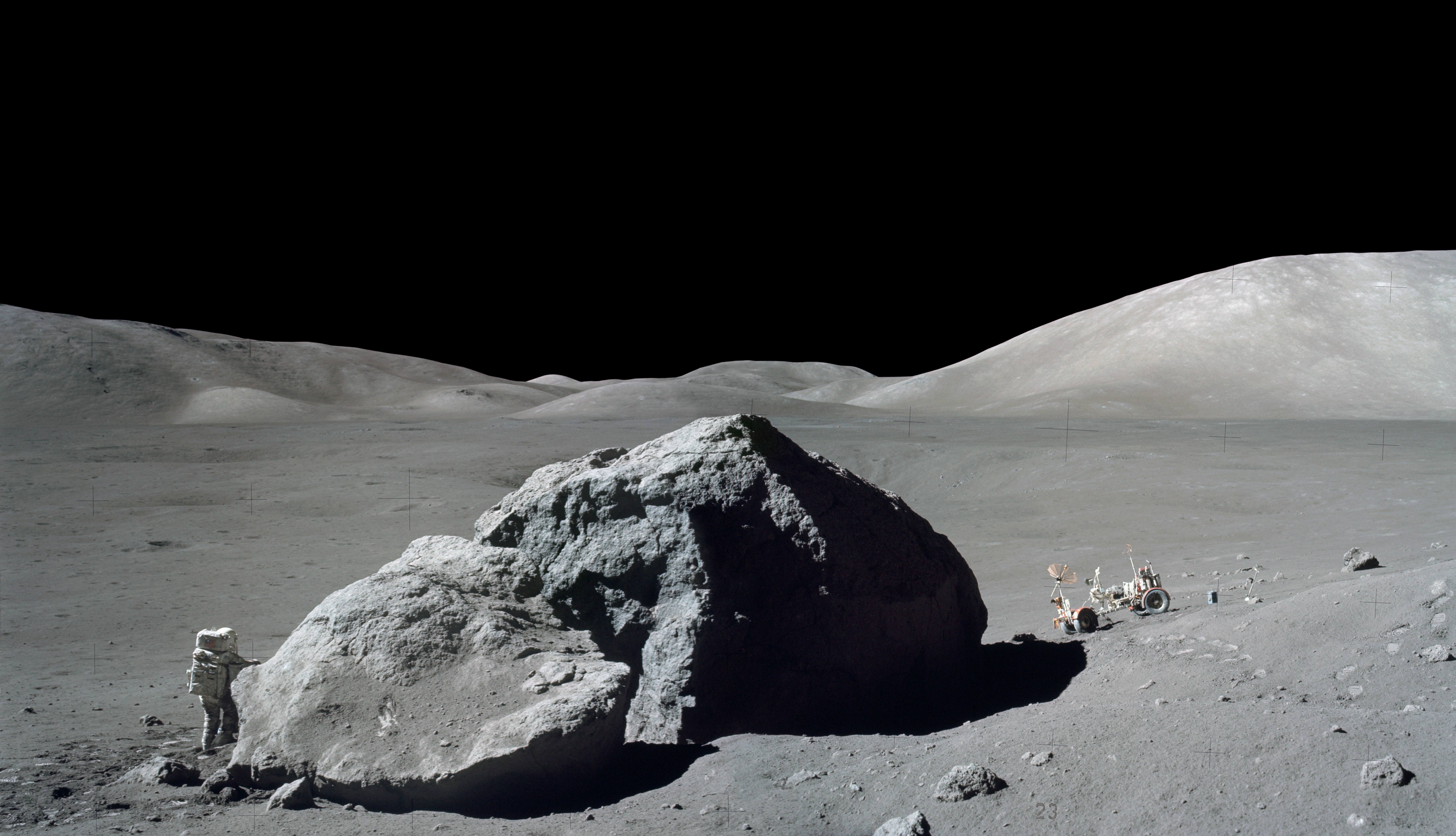
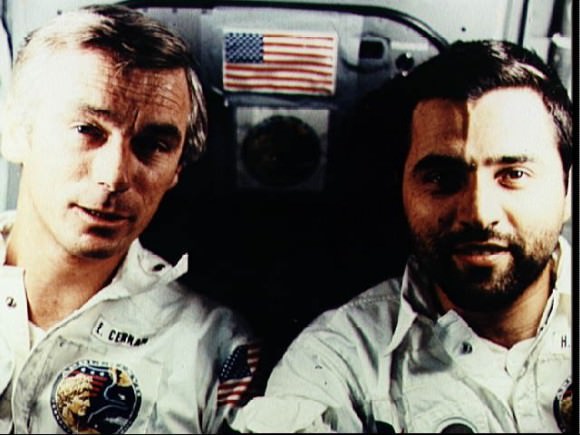

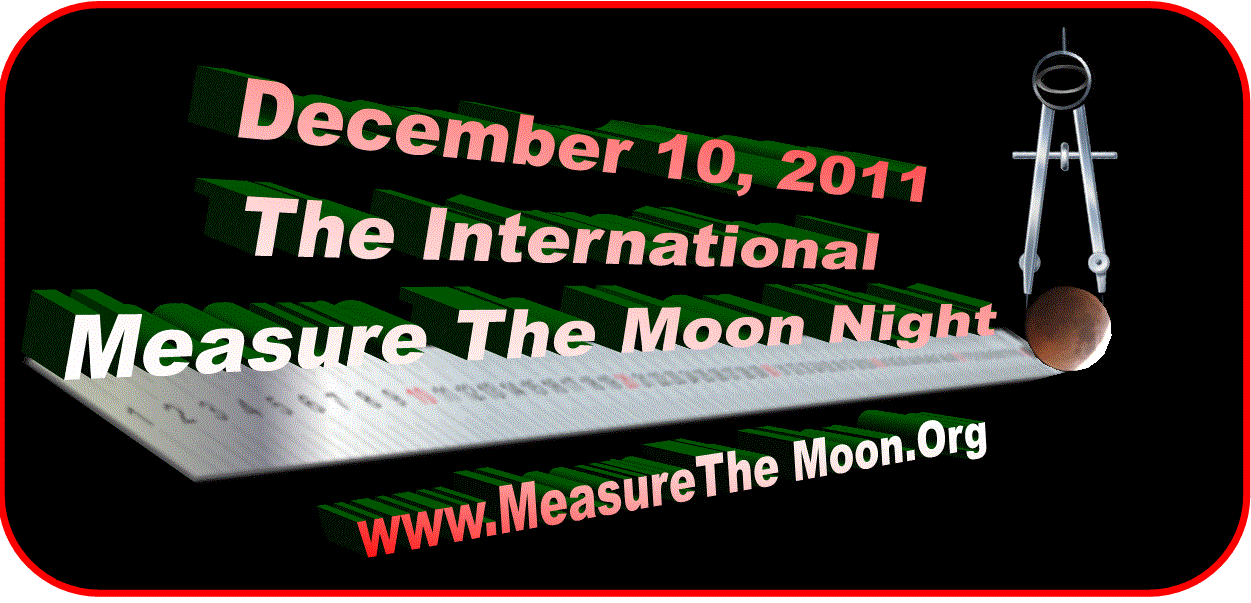

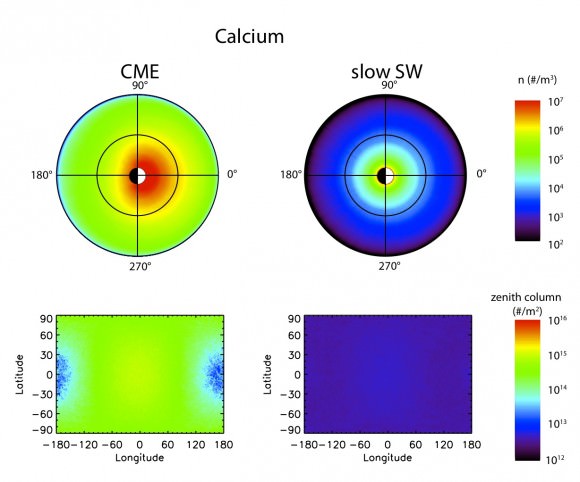
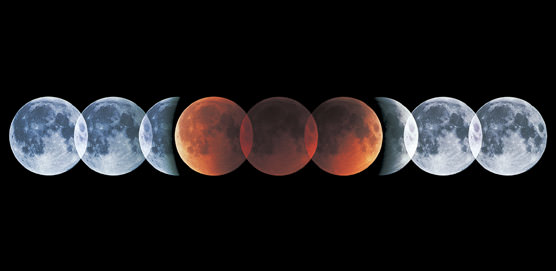
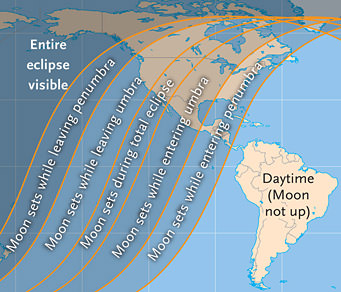
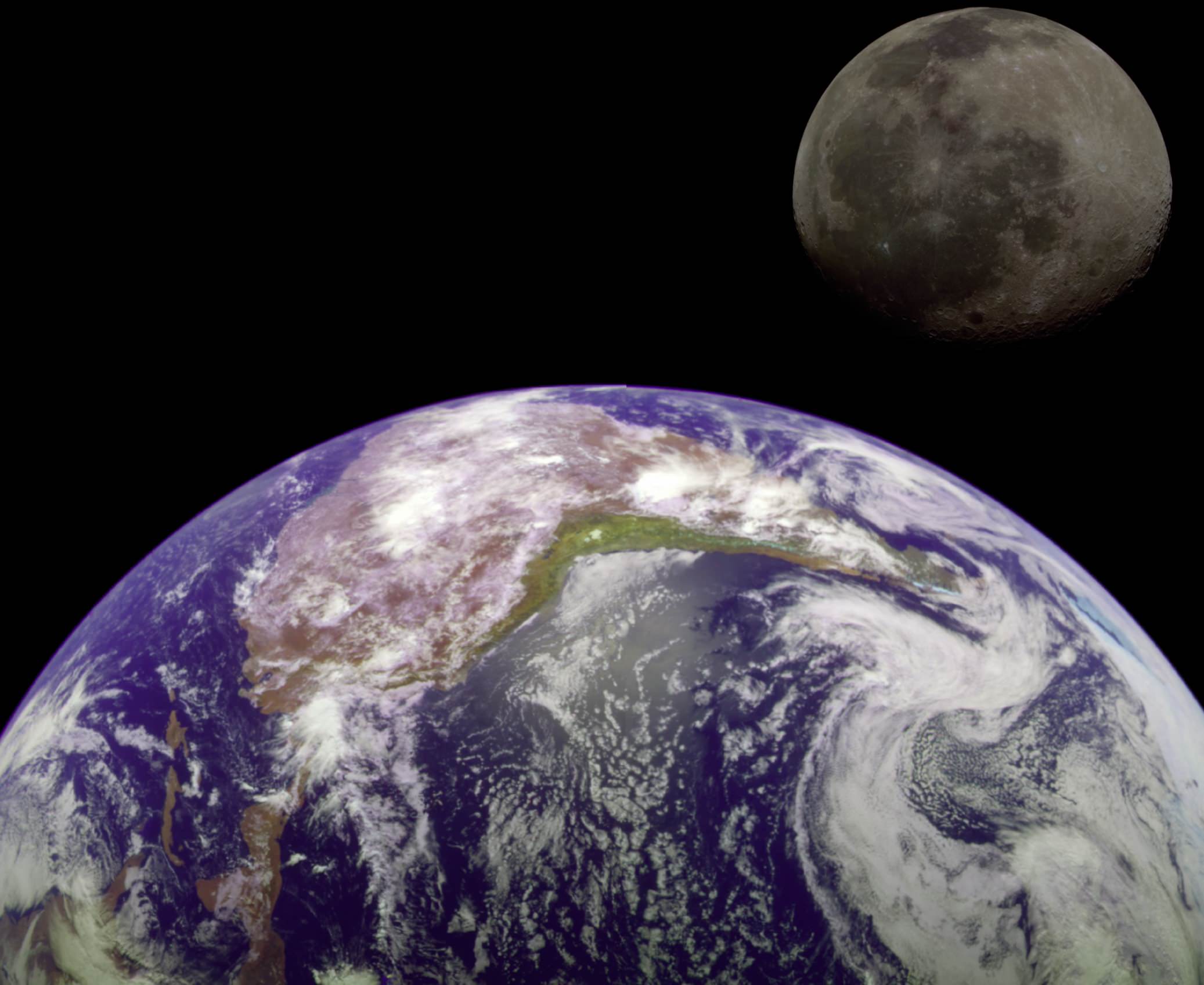
 Since planets with relatively large moons are thought to be fairly rare, that would mean most terrestrial-type planets like Earth would have either smaller moons or no moons at all, limiting their potential to support life. But if the new research results are right, the dependence on a large moon might not be as important after all. “There could be a lot more habitable worlds out there,” according to Jack Lissauer of NASA’s Ames Research Center in Moffett Field, California, who leads the research team.
Since planets with relatively large moons are thought to be fairly rare, that would mean most terrestrial-type planets like Earth would have either smaller moons or no moons at all, limiting their potential to support life. But if the new research results are right, the dependence on a large moon might not be as important after all. “There could be a lot more habitable worlds out there,” according to Jack Lissauer of NASA’s Ames Research Center in Moffett Field, California, who leads the research team.
